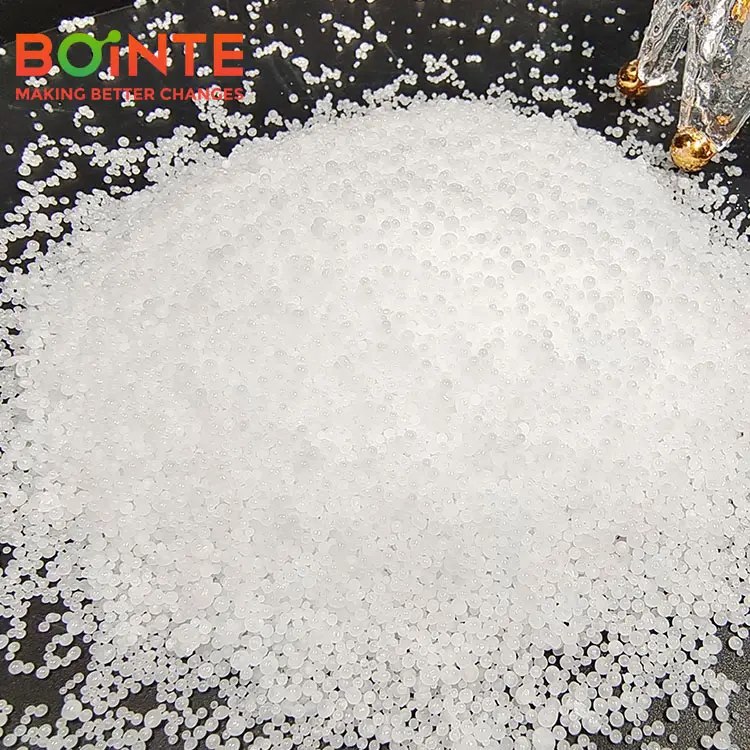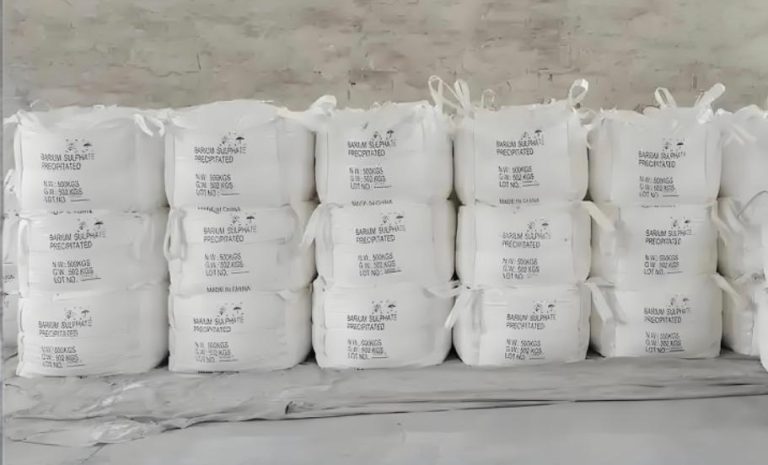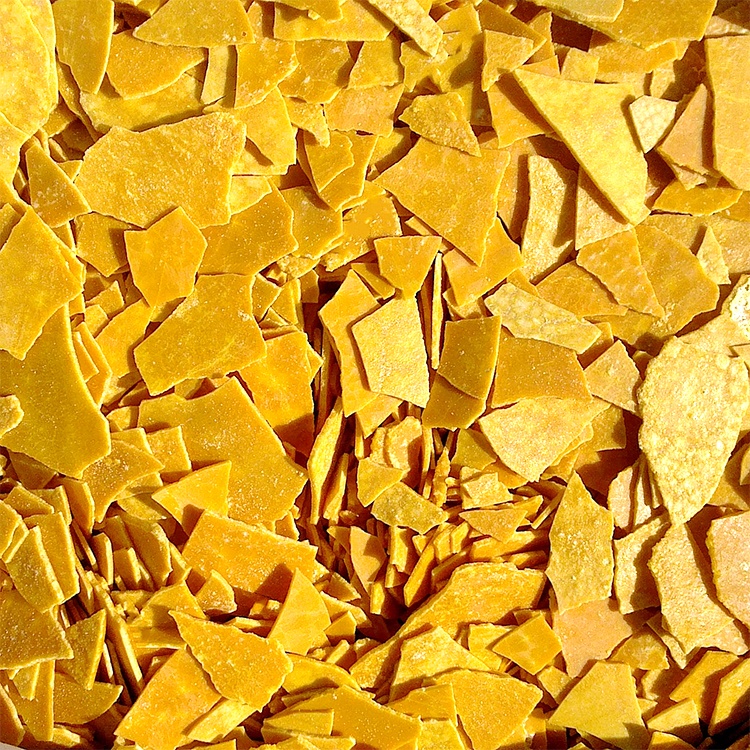2025 A medium-sized textile dyeing and printing enterprise located in the Yangtze River Delta textile industrial belt specializes in the dyeing of cotton-linen blended fabrics. With a daily fabric processing capacity of approximately 80 tons, its products include workwear fabrics and home textile fabrics, with an annual output value exceeding 120 million yuan.
In the enterprise’s dyeing process, caustic soda (sodium hydroxide) is required to adjust the dye bath pH value and assist in fiber scouring and impurity removal. Previously, it had long used flake caustic soda, but as production capacity expanded, the original process gradually exposed a series of problems that restricted development. Flake caustic soda has a slow dissolution rate, requiring continuous heating (60-70℃) and stirring in a mixing tank for more than 2 hours to dissolve completely, and it tends to form “clusters” that lead to uneven dye bath concentration. This forced the enterprise to add an extra filtration step to remove undissolved particles, extending the single-batch dyeing process by 30-40 minutes and requiring an additional 2 hours of working time per day to meet production targets. Additionally, flake caustic soda requires manual splitting, weighing, and feeding, with a weight error of ±100g per bag; dust generated during feeding adheres to equipment surfaces, resulting in an actual effective utilization rate of only 85%. Statistics show that monthly, approximately 1.2 tons of fabrics need rework and adjustment due to dye bath pH fluctuations caused by inaccurate measurement, leading to direct losses exceeding 30,000 yuan and waste of about 0.8 tons of caustic soda raw material. Furthermore, large amounts of dust are produced when splitting flake caustic soda, with the workshop dust concentration often exceeding 1.5mg/m³—far beyond the national standard of 0.5mg/m³. Workers must operate wearing heavy gas masks, yet safety hazards such as skin burns and respiratory irritation still persist. Dust adhering to the inner walls of mixing tanks also requires 4 hours of shutdown per week for cleaning, further impacting production capacity. These issues made an urgent need for a more suitable caustic soda form solution.

In early 2024, the enterprise collaborated with a caustic soda supplier to introduce 99%-purity granular caustic soda, promoting its implementation through process adaptation, equipment modification, and operational standardization. Granular caustic soda boasts good fluidity and a large specific surface area, so the supplier’s technical team recommended adjusting the dissolution water temperature to 45-50℃ and reducing the stirring speed from 800r/min to 600r/min based on the enterprise’s dye bath parameters. Meanwhile, the feeding method was optimized: granular caustic soda is uniformly fed into the dissolution tank through a closed screw conveyor to avoid manual contact. The enterprise also invested approximately 20,000 yuan to modify the original dissolution system, adding a closed feeding bin equipped with a dust collection device and an automatic weighing scale with an accuracy of ±5g. This realized the integration of “closed storage – automatic measurement – uniform feeding” for granular caustic soda without the need for additional large-scale equipment, and the 3-day modification cycle did not affect normal production.
The application of granular caustic soda brought triple improvements in efficiency, cost, and safety for the enterprise. Notably, its dissolution rate is much faster—completely dissolving in 40 minutes with stirring at 45℃ without clustering, which eliminated the need for filtration. The single-batch dyeing process time was shortened by 25-30 minutes, increasing the daily production capacity from 80 tons to 88 tons, with a monthly output increase of approximately 240 tons and corresponding additional revenue exceeding 600,000 yuan. In terms of cost optimization, the raw material utilization rate increased to 98%, reducing monthly caustic soda consumption from 6.5 tons to 5.8 tons and saving about 4,200 yuan in raw material costs per month; although the unit price of granular caustic soda is slightly higher than that of flake caustic soda, the improved comprehensive utilization rate reduced the caustic soda cost per meter of fabric by 0.08 yuan. The rework rate also dropped to 0.3%, cutting monthly rework losses from 30,000 yuan to 9,000 yuan and saving 21,000 yuan. Additionally, reduced cleaning time eliminated 16 hours of shutdown per month, creating an additional output value of approximately 48,000 yuan, resulting in significant overall cost savings. The operating environment and safety also saw remarkable improvements: the closed feeding system combined with the dust collection device reduced the workshop dust concentration to 0.3mg/m³, meeting national standards, and workers now only need to wear lightweight protective clothing to operate. Complaints about skin burns and respiratory discomfort decreased from 2-3 cases per month to zero. Moreover, granular caustic soda has no deliquescence or clustering issues during storage, reducing warehouse floor space by 30% compared to flake caustic soda and simplifying management.





